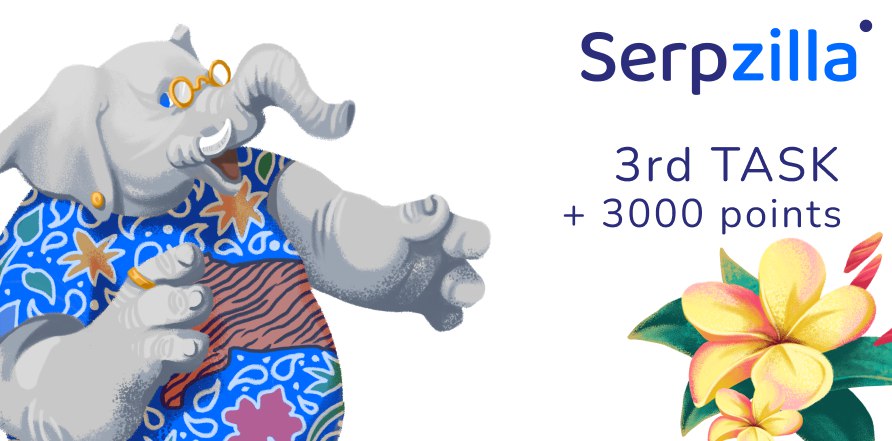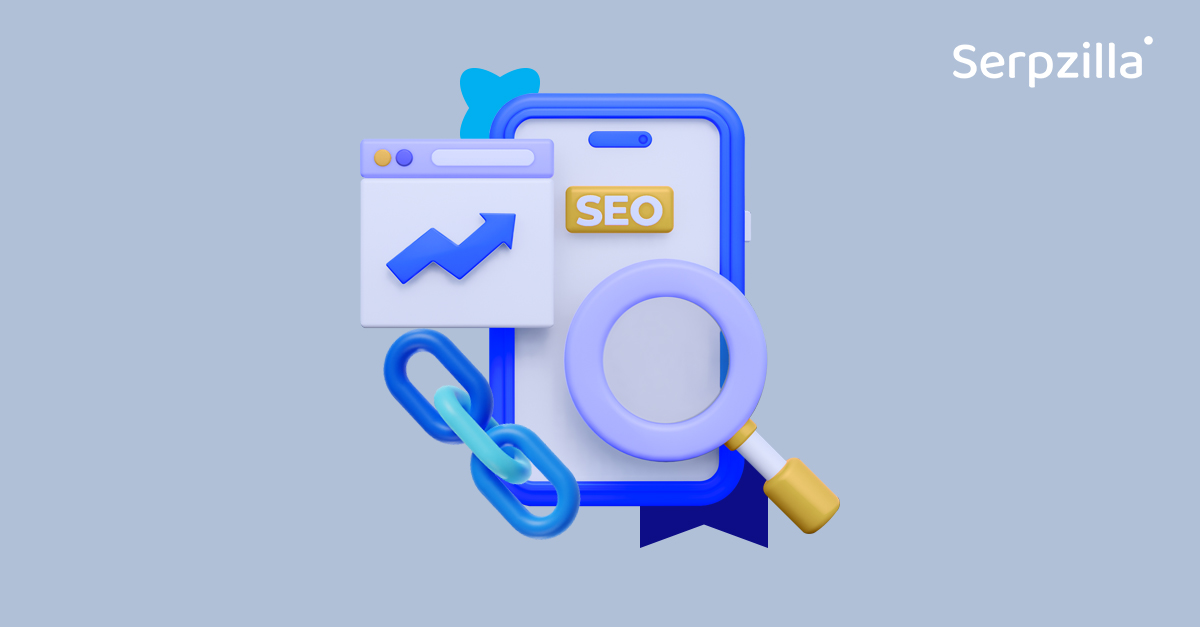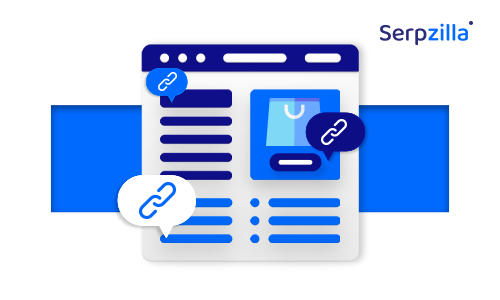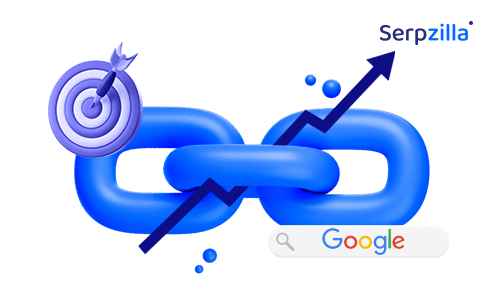When developing a website or creating an online article, incorporating images boosts user engagement and helps convey your message. However, it’s important to remember that these images also play a significant role in search engine optimization (SEO). The alternative text (alt text) for images is a crucial element that should not be overlooked. It serves two main functions: improving accessibility for visually impaired users and helping search engines understand the image content, thus supporting your SEO efforts.
Here’s how you can write effective alt text for your images:
Be Descriptive: Accurately describe what is shown in the picture. For example, replace “img1” with “golden retriever playing fetch in the park”. This helps search engines understand the image and enhances the relevance of your content.
Use Keywords Smartly: Include relevant keywords that match the content of your page, but avoid keyword stuffing. For instance, if your article discusses the best dog breeds for families, the alt text could be “a family playing with a golden retriever in a sunny park”.
Keep It Short and Clear: Limit the alt text to about 125 characters, as longer descriptions can be truncated by screen readers, affecting accessibility.
Think Like a User: Include descriptive text that provides value to someone who cannot see the image. Consider, “If I could only hear the description of the image, would it make sense?”
Avoid Redundancy: Do not repeat information already presented in the caption or the text around the image. If the image is purely decorative and adds no informational value, it might be better to leave the alt text empty to avoid distracting from more important content.
Consider Localization: If your site targets different regions or languages, adjust the alt text to reflect local nuances or keywords, which can improve relevance in local search results.
Here’s an example to illustrate these principles:
- Original Image: A photo of a smartphone displaying a map.
- Poor Alt Text: “Phone”
- Better Alt Text: “Smartphone displaying a Google map of downtown San Francisco.”
Writing alt text requires finding a balance between brevity and accuracy. This not only makes the site more accessible to people with disabilities but also helps search engines better understand your images. By spending a bit more time creating a clear and keyword-rich description, you can enhance the SEO of your site. This simple action can increase interest in your content and raise its position in search results.








